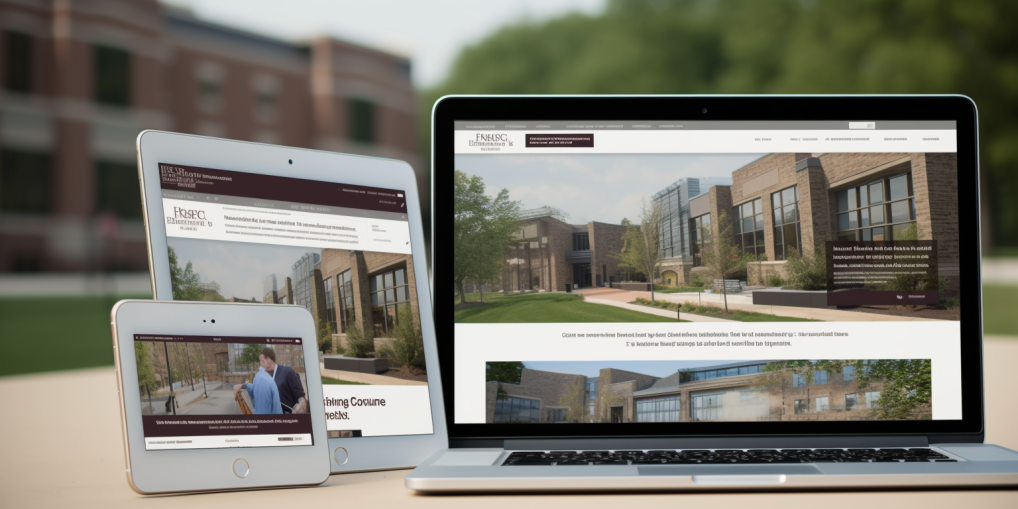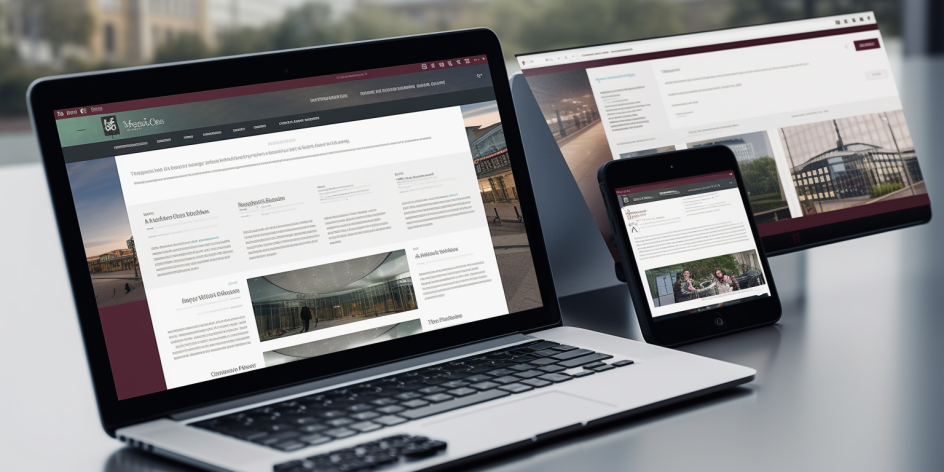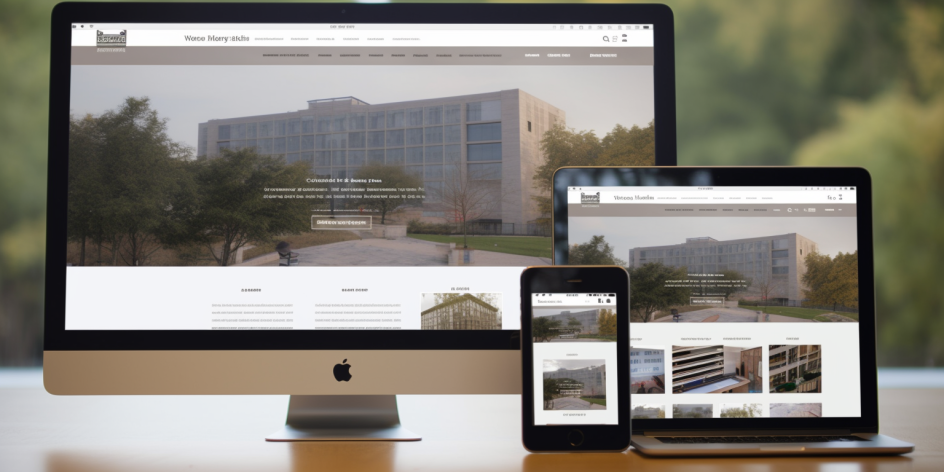
In the vast landscape of the internet, higher education websites often struggle to stand out and attract prospective students. However, with the power of search engine optimization (SEO), these institutions can soar above the digital noise and achieve the visibility and success they desire.
Just as a lighthouse guides ships through treacherous waters, optimizing higher education websites for SEO success acts as a beacon, drawing in eager minds seeking knowledge.
This article delves into the key steps that educational institutions must undertake to ensure their websites rank higher and become more visible to their target audience. From performing a comprehensive technical website audit to optimizing web pages based on keyword research and on-page evaluations, every aspect of SEO will be explored.
Additionally, the importance of mobile-friendliness, voice search optimization, link-building strategies, and local SEO will be discussed, providing a holistic approach to improving online presence and increasing student enrollment.
With these key steps, higher education institutions can navigate the ever-changing digital landscape and emerge as leaders in attracting prospective students, enhancing their brand engagement, and ultimately achieving SEO success.
Key Takeaways
- SEO is crucial for higher education institutions to improve website ranking and visibility.
- Performing a technical website audit helps identify and resolve SEO-related issues.
- Keyword research and on-page evaluations are important for optimizing higher education websites.
- Optimizing websites for voice search and including succinct answers to specific questions can increase the likelihood of becoming a featured snippet.
Website Ranking and Visibility

Website ranking and visibility are crucial factors for higher education institutions as they rely on SEO strategies to improve their website’s performance and attract prospective students.
A higher ranking on search engine result pages (SERPs) increases the visibility of the institution’s website, making it more likely to be clicked on by users. This increased visibility can lead to higher website traffic and ultimately more conversions, such as inquiries and applications.
To achieve a higher ranking and visibility, institutions need to optimize their website for search engines by implementing various SEO techniques. These techniques include conducting keyword research to identify relevant keywords and incorporating them into the website’s content, optimizing meta tags, creating high-quality and engaging content, and obtaining authoritative backlinks.
By focusing on website ranking and visibility, higher education institutions can effectively market themselves online and attract a larger pool of potential students.
Technical Website Audit
Conducting a comprehensive examination of the technical aspects of a higher education institution’s online presence is akin to peeling back the layers of an onion, revealing hidden flaws and vulnerabilities that may hinder its search engine performance. This process, known as a technical website audit, is crucial for optimizing the website and improving its visibility.
Here are four key steps to follow during a technical website audit:
- Identify and fix page errors: Unresolved page errors can negatively impact user experience and search engine rankings. It is important to identify and fix any broken links, missing pages, or other errors that may exist on the website.
- Ensure proper redirect links: Redirects are necessary when pages are moved or removed. It is important to ensure that the redirect links are properly implemented and functioning correctly to avoid any loss of visitor attribution.
- Optimize for mobile: With the increasing use of mobile devices, it is essential for educational websites to be mobile-friendly. Google ranks websites based on their mobile readability and functionality, so optimizing for mobile is crucial for improving search engine rankings.
- Improve website speed: Website speed is an important factor for both user experience and search engine rankings. Slow loading times can lead to higher bounce rates and lower rankings. Conducting a website speed analysis and implementing necessary optimizations can greatly enhance the website’s performance.
By following these steps, higher education institutions can address technical issues and improve their website’s SEO performance, ultimately attracting more prospective students and enhancing their online visibility.
Keyword Research and Optimization

Keyword research is a fundamental aspect of developing a comprehensive SEO strategy for educational institutions. It involves identifying and analyzing the keywords that are most relevant and valuable to a particular institution or program. The goal is to optimize website content and improve search engine rankings.
Conducting thorough keyword research allows institutions to understand the search intent of their target audience and tailor their content accordingly. This involves identifying high-volume and low-competition keywords that align with the institution’s offerings and target audience. Additionally, optimizing for long-tail keywords can help capture more specific search queries and attract highly qualified traffic.
Once the relevant keywords have been identified, they can be strategically incorporated into the website’s content, meta tags, headings, and URLs to improve visibility and attract organic traffic.
Conclusion
In conclusion, optimizing higher education websites for SEO success is crucial for improving website ranking and visibility, attracting prospective students, and increasing brand engagement and student enrollment.
By performing a technical website audit, optimizing web pages based on keyword research, and ensuring mobile-friendliness, educational institutions can drive more site traffic and enhance their online presence.
Anticipating objections, some may argue that SEO services are not necessary for higher education websites. However, by neglecting SEO, institutions risk losing out on potential students and limiting their reach in an increasingly competitive digital landscape.
Take the necessary steps to optimize your website and stay ahead in the higher education industry.